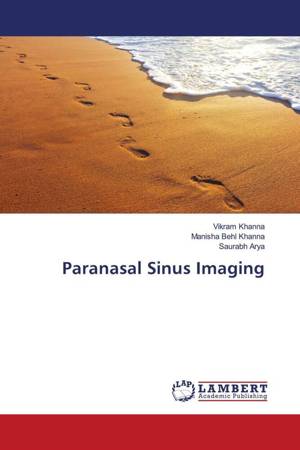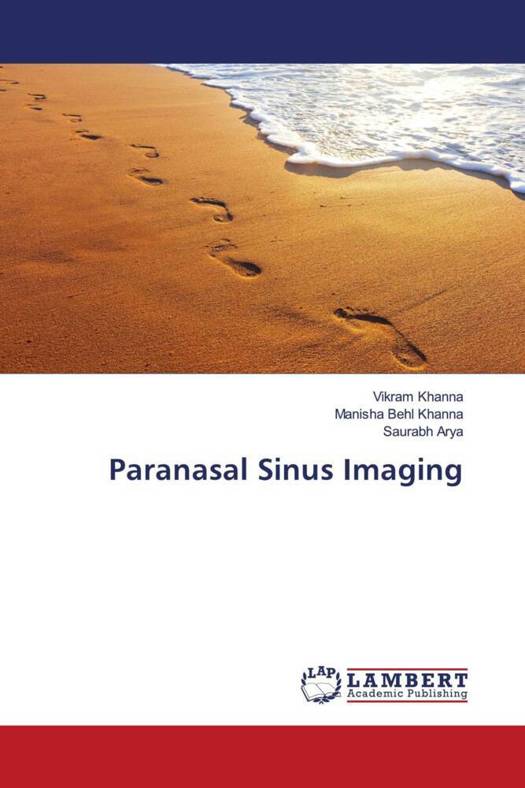
- Afhalen na 1 uur in een winkel met voorraad
- Gratis thuislevering in België vanaf € 30
- Ruim aanbod met 7 miljoen producten
- Afhalen na 1 uur in een winkel met voorraad
- Gratis thuislevering in België vanaf € 30
- Ruim aanbod met 7 miljoen producten
Zoeken
€ 61,95
+ 123 punten
Omschrijving
The imaging of sinus pathology, both benign and malignant, has undergone radical changes from the era of plain film radiography. The current application of high-resolution CT and MRI to this anatomic region has benefited patients, reduced unnecessary surgery, and allowed the introduction of a whole new surgical technique into common use. CT is accepted as the gold standard for pathological-anatomical evaluation of paranasal sinus disease; CT is especially considered an obligatory part of planning surgical procedures. Indications for paranasal sinus CT include trauma, malignant disease, and chronic sinusitis, which accounts for the major part of examinations. Due to the benign character of the disease and the relatively moderate age of the patients involved, the radiation dose of paranasal sinus CT plays an important role. The use of a low-dose spiral CT technique and the reformation of coronal images out of the axial CT data instead of an additional direct coronal scan allow the effective dose of paranasal sinus CT to be reduced to the order of a chest radiogram.
Specificaties
Betrokkenen
- Auteur(s):
- Uitgeverij:
Inhoud
- Aantal bladzijden:
- 148
- Taal:
- Engels
Eigenschappen
- Productcode (EAN):
- 9783659777707
- Verschijningsdatum:
- 11/09/2015
- Uitvoering:
- Paperback
- Afmetingen:
- 150 mm x 220 mm
- Gewicht:
- 227 g

Alleen bij Standaard Boekhandel
+ 123 punten op je klantenkaart van Standaard Boekhandel
Beoordelingen
We publiceren alleen reviews die voldoen aan de voorwaarden voor reviews. Bekijk onze voorwaarden voor reviews.








